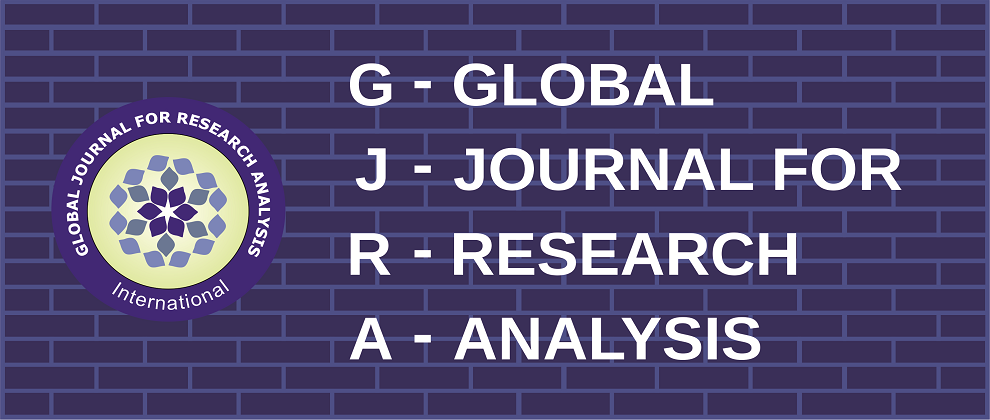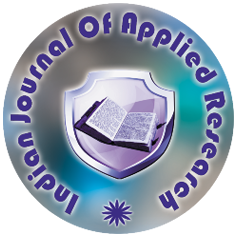Volume : VIII, Issue : X, October - 2019
THE RELATIONSHIP BETWEEN CD4 OF T LIMFOSITS TOWARDS THE OPPORTUNISTIC INFECTION OF ESOPHAGEAL CANDIDIASIS IN HUMAN IMMUNODEFICIENCY VIRUS INFECTION/ACQUIRED IMMUNODEFICIENCY SYNDROME IN H. ADAM MALIK GENERAL HOSPITAL
Ferry H. Nainggolan, Armon Rahimi, Tambar Kembaren, Leonardo B. Dairi
Abstract :
Introduction. The course of infection of the Human Immunodeficiency Virus (HIV) can lead to opportunistic infections (OIs). Esophageal Candida Infection (KE) is an opportunistic infection in people with HIV and is classified as an invasive candida infection. Cluster of Differentiation 4 (CD4) as a measure of the immunity of HIV sufferers. Aim. These researchers looked for an association of CD4 cell counts in HIV patients with Esophageal Candidiasis in HIV sufferers, mean CD4 cell count and antifungal resistance. Methods. Sampling was carried out at H. Adam Malik General Hospital using the Case Control method. Data were analyzed using Chi-Square test. Results. Ages 20-40 years are the age of the most frequent occurrence of HIV / AIDS infection, men have a higher percentage of HIV incidence than women, respectively 64.7% and 35.3%. Free sex is the most common risk factor found in research subjects by 52.94%. There was a significant relationship between CD4 levels and the incidence of oesophageal candidiasis where patients with a CD4 level <41.82 cell/mm3 would be 5.25 times more likely to suffer from esophageal candidiasis than patients with a CD4 level ≥ 41.82 cell/mm3, with a p value of 0.035. The mean absolute CD4 cell count in patients with Esophageal Candidiasis was 41.82 cell/mm3 (SD � 35.47). The Albida Candida fungus (29.4%) is the most common species that causes esophageal candidiasis in HIV patients. The pattern of resistance and antifungal sensitivity in patients with Esophageal Candidiasis shows that in general antifungals still have a good sensitivity to Candida fungus including Flusitocin (100%), Micafungin (100%), Ampotericin (100%), Caspofungin (100%), but at Flusitocin (100%), Micafungin (100%), Ampotericin (100%), Caspofungin (100%), but at Fluconazole and Voriconazole antifungals have begun to show a resistance rate of 10%. Conclusion. There was a significant relationship between CD4 levels and the incidence of esophageal candidiasis in HIV patients at H. Adam Malik General Hospital. Fluconazole which is the first choice routinely used for antifungal has begun to show resistance value, but still has a good sensitivity value.
Keywords :
Article:
Download PDF
DOI : https://www.doi.org/10.36106/gjra/5209246
Cite This Article:
THE RELATIONSHIP BETWEEN CD4 OF T LIMFOSITS TOWARDS THE OPPORTUNISTIC INFECTION OF ESOPHAGEAL CANDIDIASIS IN HUMAN IMMUNODEFICIENCY VIRUS INFECTION/ACQUIRED IMMUNODEFICIENCY SYNDROME IN H. ADAM MALIK GENERAL HOSPITAL, Ferry H. Nainggolan, Armon Rahimi, Tambar Kembaren, Leonardo B. Dairi GLOBAL JOURNAL FOR RESEARCH ANALYSIS : Volume-8 | Issue-10 | October-2019
Number of Downloads : 773
References :
THE RELATIONSHIP BETWEEN CD4 OF T LIMFOSITS TOWARDS THE OPPORTUNISTIC INFECTION OF ESOPHAGEAL CANDIDIASIS IN HUMAN IMMUNODEFICIENCY VIRUS INFECTION/ACQUIRED IMMUNODEFICIENCY SYNDROME IN H. ADAM MALIK GENERAL HOSPITAL, Ferry H. Nainggolan, Armon Rahimi, Tambar Kembaren, Leonardo B. Dairi GLOBAL JOURNAL FOR RESEARCH ANALYSIS : Volume-8 | Issue-10 | October-2019


 MENU
MENU


 MENU
MENU






